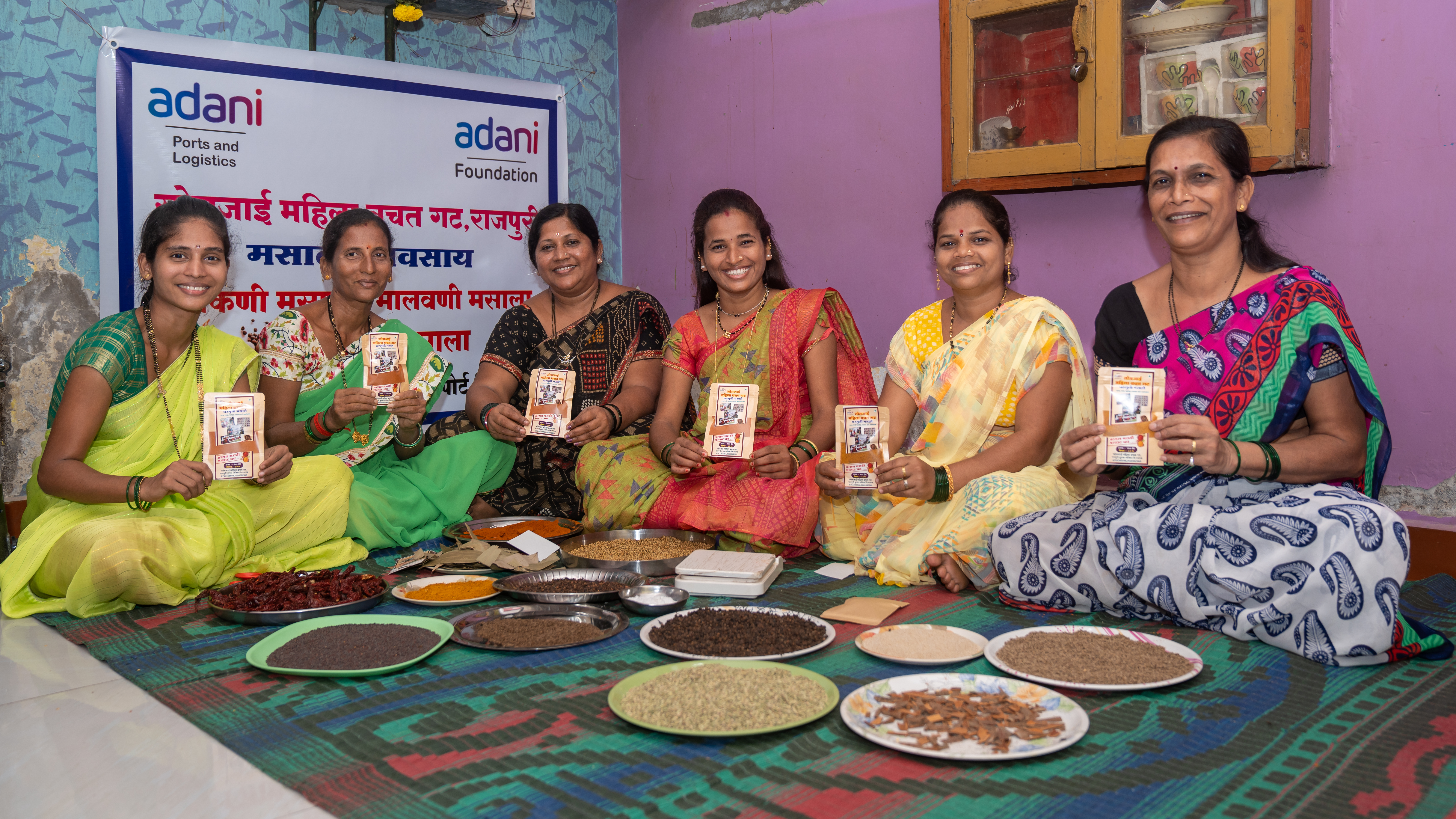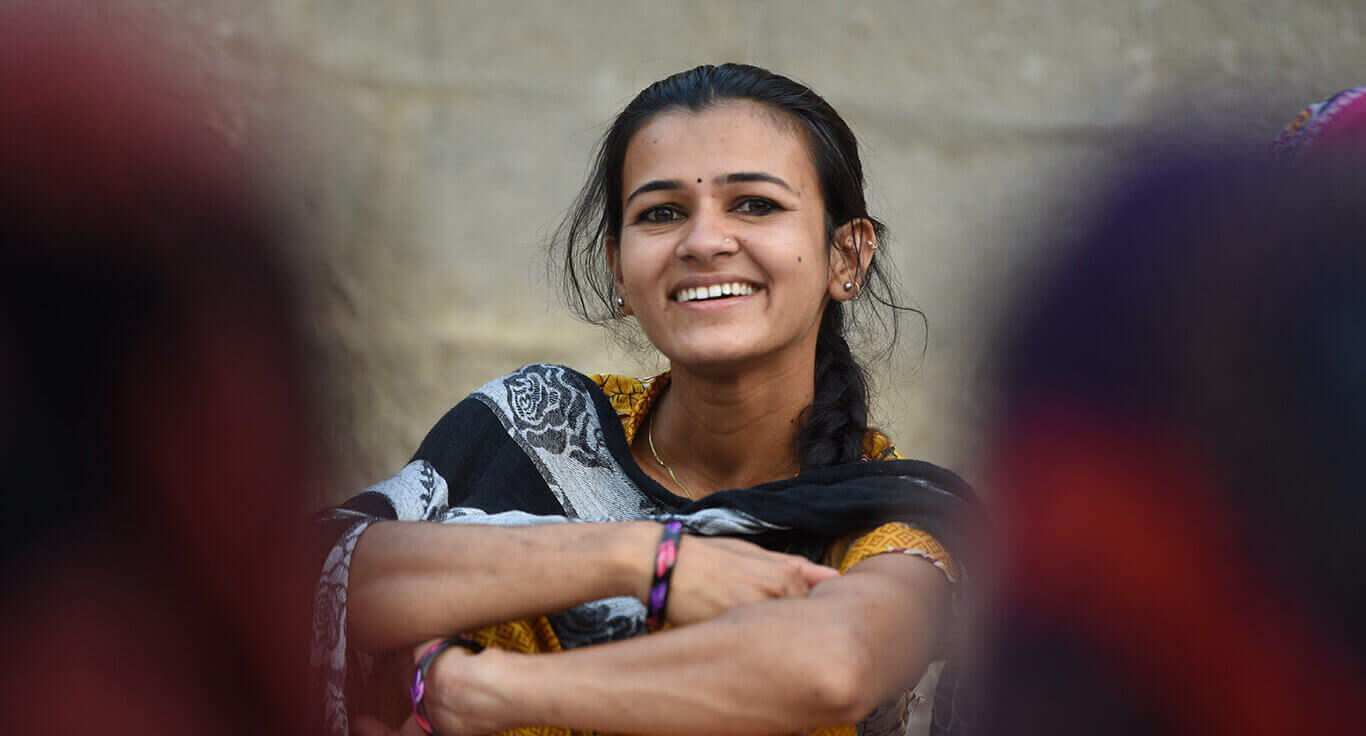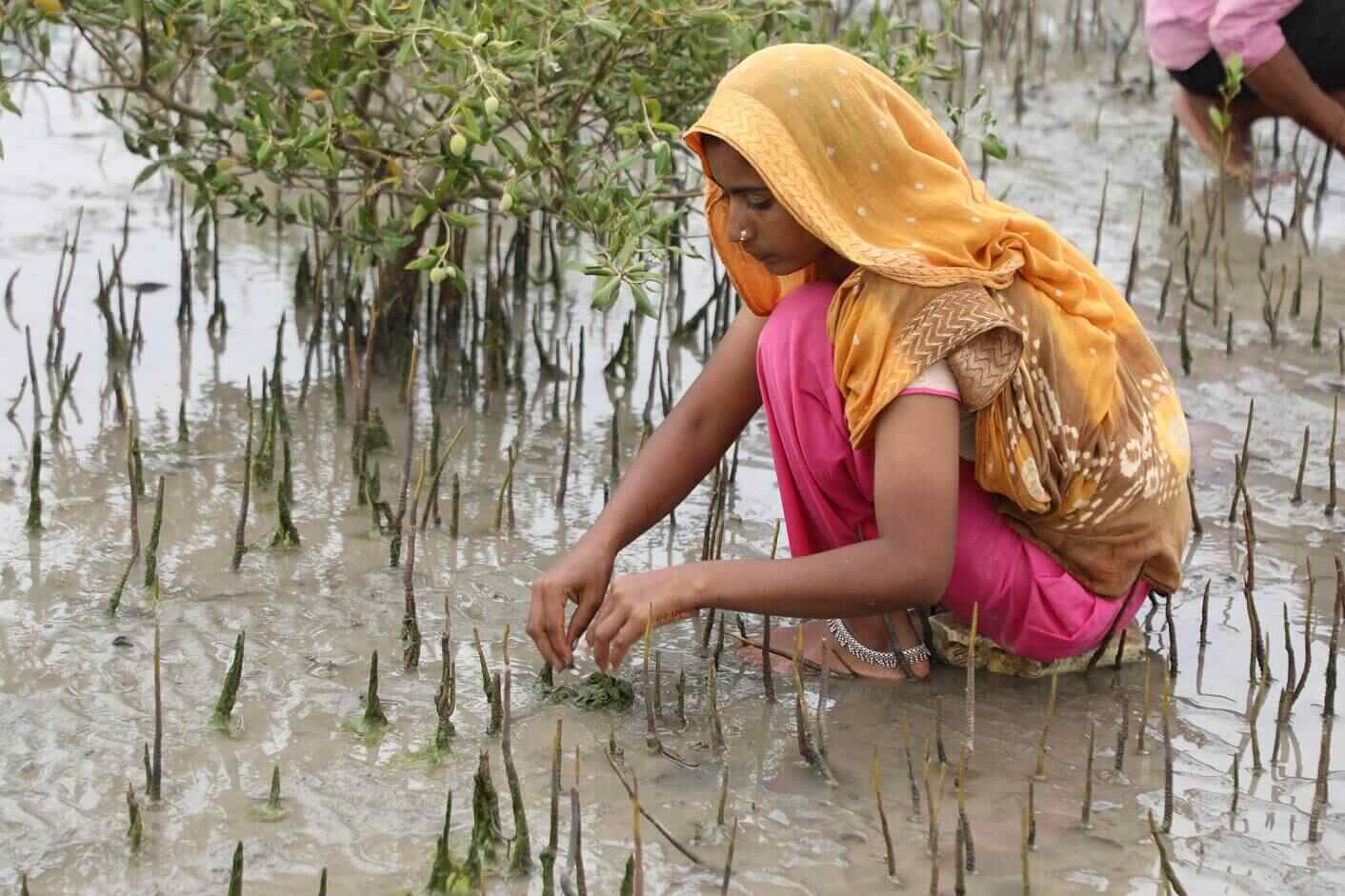
In Tamnar, Chhattisgarh, seven tribal women aged 20-25 took up a free six-month training program in Fire Safety and Disaster Management in Vadodara. Their courageous action to step out of their village for education led them to become guards at Gare Palma mines. In Raigarh, not very far from Tamnar, Harsha Sidar realized her dream by securing admission in Raipur Medical College in 2023. This is a remarkable feat for a tribal, first-generation learner, who persisted despite the challenge of studying in Hindi and significant eye issues. She juggled NEET preparation with her class 12 curriculum, taking advantage of free online coaching.
As we celebrate such stories on International Women’s Day, we need to pause and ponder. India’s ambition to be a developed economy by 2047 to mark the 100th anniversary of independence is an exciting prospect. But we can’t achieve that without women, who make up nearly half the population. How do we view the position of women in society, and their empowerment, to accelerate the pace of change?
The discussion has focused on economic indicators, and rightly so, as GDP growth with employment creation is a critical enabler of social progress. Much has been written about how society can leverage the untapped potential of women. A 2018 report by McKinsey said women contributed only 18% to the GDP, despite constituting 48.4% of the population. It said bridging the gender gap in employment could potentially elevate India’s GDP by 30%. The case is as compelling today as it was then.
There is growing evidence of social and health benefits to the family when women are economically engaged. Importantly, employed women are role models for daughters – a critical factor as closing the gap is a multi-generational effort. We need to stop viewing women as missing blocks in the journey of building India, and treat them as contributors.
To understand the scale of the problem, it is worth looking at how India compares with the global and the OECD averages on percentage of women in the labour force. The figure for India in 2023 was 37%, the global average being 48.7% and the corresponding OECD figure at 66.7%. In comparison, the corresponding figures for men are 78.5%, 73% and 80.9%.
Prime Minister Modi’s aspiration of achieving 50% women’s participation in the workforce by 2047 is ambitious and laudable. The recent improvement is encouraging as the 2017-18 figure was only 23.3%. This is a result of government policies to ensure women go to school, learn skills, start businesses and feel safe at work.
The stories of Harsha Sidar and the Tamnar women are examples of interventions by the Adani Foundation. Given our growing business footprint, our activities span 19 states and 33 sites. Our women’s activities focus on education, health, and economic empowerment/entrepreneurship. Of these, education is key to increasing their participation in the formalized sector of the economy.
Collaboration – between government, corporate and social sectors – will be key. Each has a vital role to play. At Adani Foundation, we have tailored our interventions to making government programs more effective.
Many organizations are doing similar work. I believe there is a great opportunity for us to collaborate, learn and encourage each other to do more. A repository of tested interventions will go a long way in accelerating women’s empowerment.
Our women have overcome the shackles of past thinking and are ready to take their place as full contributors to a developed India. The enormity of the problem and the benefit to the nation demand that we lend them a helping hand.
This article originally appeared on 08-03-2024 in The Indian Express. Click here to read: https://indianexpress.com/article/opinion/columns/she-the-enabler-9201996/






